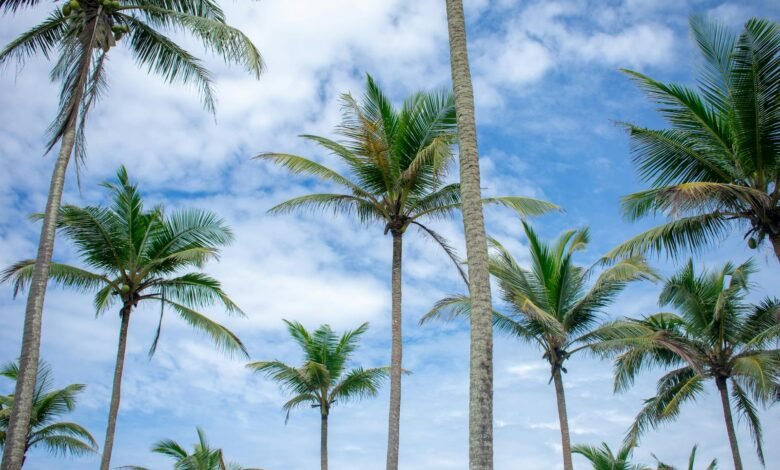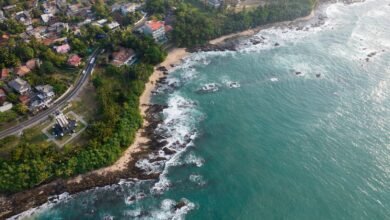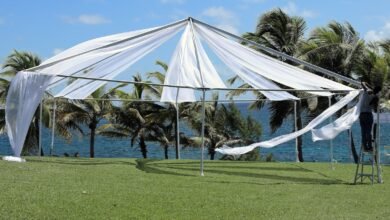
Sri Lanka is one of the premier destinations for whale watching, offering sightings of blue whales, sperm whales, and even dolphins along its stunning coastlines. If you’re planning a trip to catch a glimpse of these majestic creatures, here’s a guide to the best spots and seasons for whale watching in Sri Lanka.
1. Best Whale Watching Spots
1.1. Mirissa
Mirissa, on Sri Lanka’s south coast, is the top destination for whale watching. Known for its warm waters and rich marine life, Mirissa attracts both blue and sperm whales during the season. Most tours depart from Mirissa Harbour, and you can expect to see whales, dolphins, and sometimes even whale sharks.
- Species: Blue whales, sperm whales, Bryde’s whales, and spinner dolphins.
- Best Time: November to April
1.2. Trincomalee
Located on the northeastern coast, Trincomalee is another excellent spot for whale watching, especially during the off-season in the south. Trincomalee’s deep-water natural harbor provides a sanctuary for blue and sperm whales, particularly as they migrate.
- Species: Blue whales, sperm whales, and occasionally orcas.
- Best Time: March to August
1.3. Kalpitiya
Kalpitiya, located on the northwest coast, is best known for its dolphin population, but whale sightings are also possible here. You can witness large pods of spinner dolphins, and on lucky days, you might spot a whale or two.
- Species: Dolphins primarily, with occasional whale sightings.
- Best Time: November to March
2. Best Seasons for Whale Watching
Whale watching in Sri Lanka varies based on the region:
- South Coast (Mirissa): The prime season runs from November to April, aligning with calmer sea conditions, making it easier to spot whales.
- East Coast (Trincomalee): The season for whale watching here is from March to August, offering excellent sightings during this time.
3. Tips for Whale Watching in Sri Lanka
- Timing: Early morning tours are best, as the seas are typically calmer, and whales are more active.
- Boat Selection: Choose a licensed and reputable tour operator to ensure both safety and eco-friendly practices.
- Seasickness: Bring motion sickness medication if you’re prone to seasickness, as ocean swells can be significant.
- Photography: Keep your camera ready but remember to enjoy the moment!
Conclusion
Sri Lanka’s whale watching opportunities are remarkable, offering visitors a chance to see these incredible animals in their natural habitat. Whether you’re exploring the southern coast in Mirissa or venturing to the northeast in Trincomalee, Sri Lanka promises unforgettable marine wildlife experiences.



